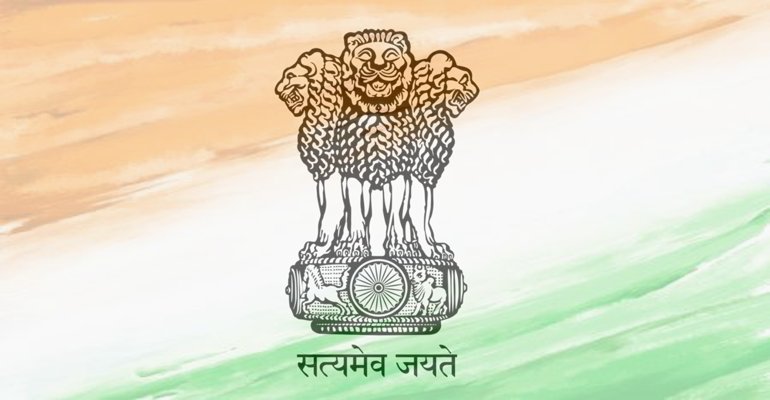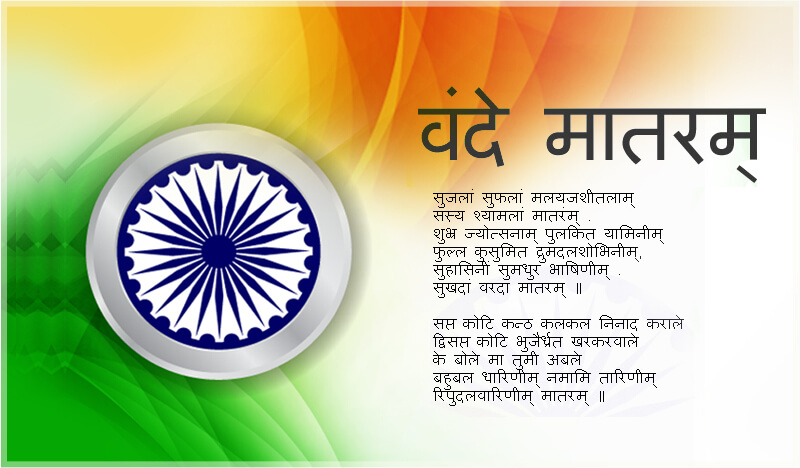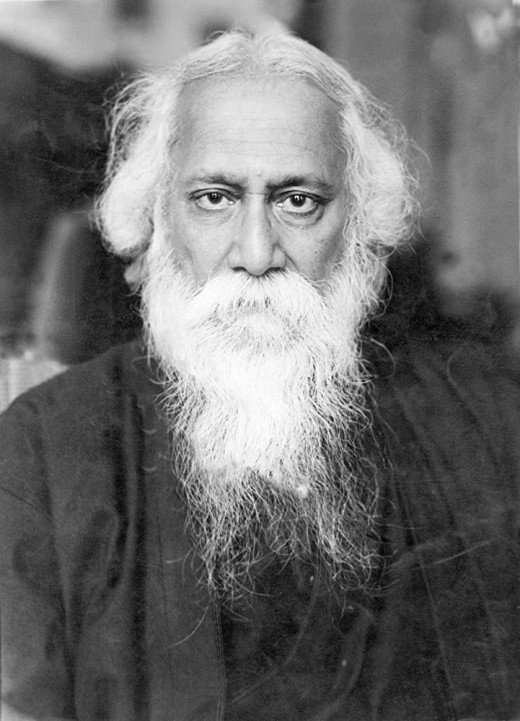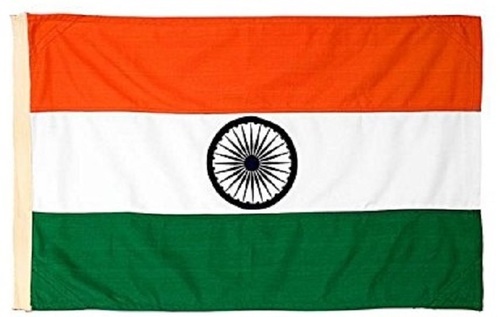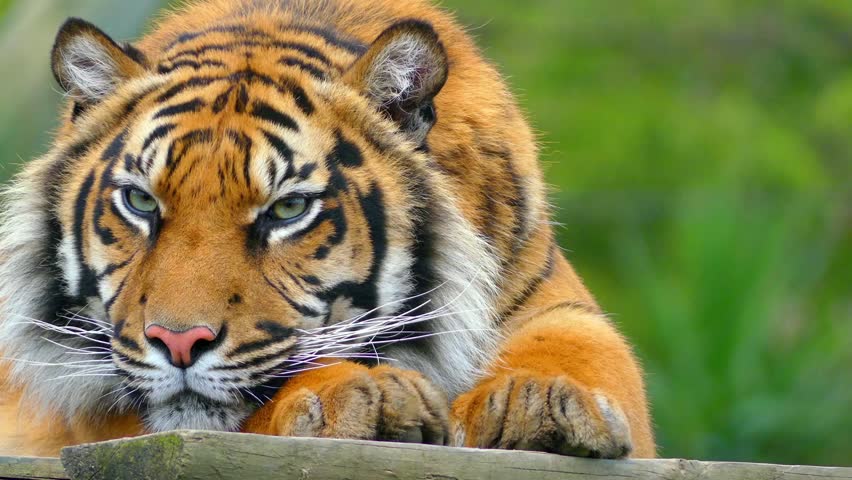- Home
- National symbols of India
- National Bird of India
National Bird of India
National Bird of India
Quick Facts:
National Bird of India: Indian Peafowl
Adopted: 31st January 1963
Scientific Name: Pavo Christatus
Kingdom: Animalia
Phylum: Chordata
Class: Aves
Order: Galliformes
Family: Phasianidae
Genus: Pavo
Species: P.cristatus
Average Life span: 15-20 years.
Indian
Peacock or Peafowl is the National bird of India. Indian Peacock represents
joy, grace and beauty. In 1963 Peacock was selected as National bird of India
because of its presence through out the country. It is easily adaptable to all
climatic conditions and is increasing in the numbers. Another reason for
selecting Peacock as the National Bird of India is its presence in religious
and involved since ancient times. Peacock is easily recognisable by the human
beings and also it is adaptable to all the climatic conditions hence it was
made as the National bird of India.
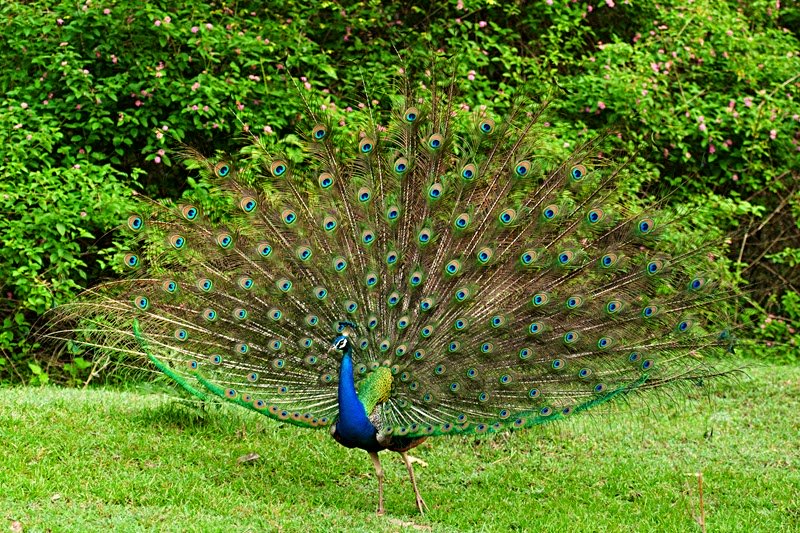
The National bird and the National flower of any country show the richness of the country’s flora and fauna. The peacock was chosen based on its beauty and unique qualities it possess. Usually a National bird or flower or animal is selected based on its presence in the history and during the ancient times.
The national
bird gets a special status and respect of that country. The Indian National
Bird Peafowl draws attention of the people for its beautiful feathers. The
peacock is present since ancient times and in Hindu texts. Lord Krishna holds the
peacock feather on his head. Peacock is also domesticated and can be kept in
gardens and even in farming places.

A peacock
also known as Mayura in Sanskrit has held a respectful place in ancient Hindu
mythology and also has been depicted in temple art, poetry, folk music and
dance. According to Buddhists philosophy, the peacock represents wisdom.
Peacock feathers and motifs are used in various mythological stories.
Physical appearance and description of National Bird of India
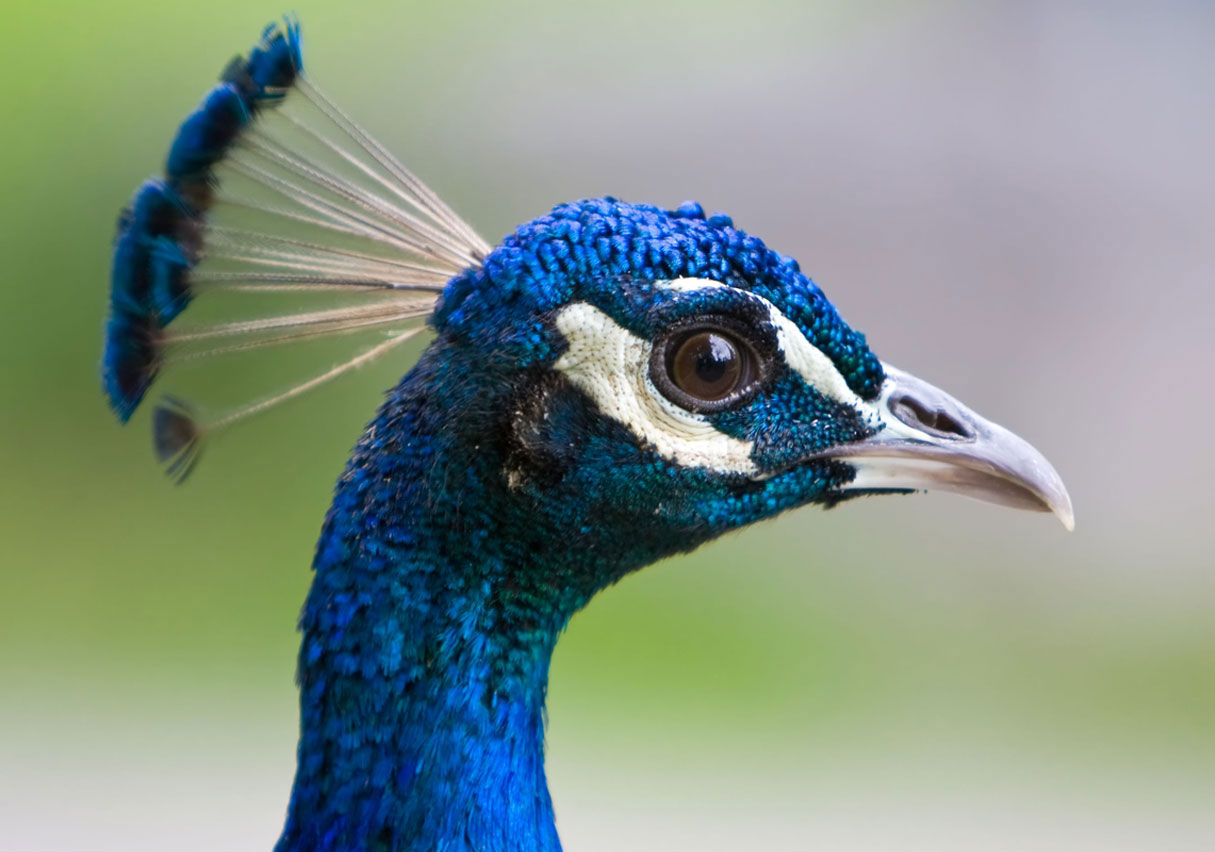
The Indian
peafowl or peacock is a beautiful bright and rich coloured bird is a native of
Indian subcontinent. The Peacock
represents male peafowl and it belongs to pheasant family. There are mainly two
species of Peafowl they are the Indian Peafowl and Green peafowl. These birds
are native of Asia. The scientific classification of peacock is as follows
Scientific Classification
Kingdom: Animalia
Phylum: Chordata
Class: Aves
Order: Galliformes
Family: Phasianidae
Subfamily: Phasianinae
Genus: Pavo
Species:
Pavo cristatus
The male bird of the species which is known as Peacock is the most beautiful bird with colourful long tail. The tail has beautiful eyespots and when the feathers or the tail is opened it is truly a feast to the eyes of the human beings.
When they open the feathers and
dance it is just not possible to explain in words. The male peacock which is
blue in colour has a stunning beautiful appearance. This colourful swan shaped
bird has a fan shaped feathers on its head and a white patch below the eye.
The feathers on the upper part of the tail have eyespots all over it and the feathers are also known as trains because of its length and size and weigh an average of 5 kg. Even though the feathers of the peacock are so heavy and long, still peacocks are capable to fly. Peahens don’t have train or the tail.
It takes close to 4 years for the
train to fully grow in size. A fully grown peacock can be between 195-225 cm and
weighs around 4-6 kg. The back side of the tail are blackish and glossy in
colour. The Indian peacock thighs are buff in colour and the male peacocks has a
stimulus on the leg which is above the hind toe. At the sides of the head the
peacock has greenish blue feathers.
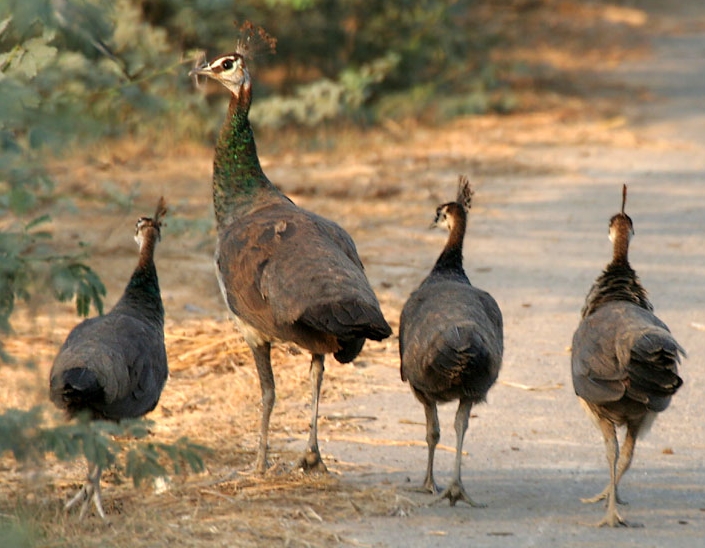
The female peahens doesn't have a train or tail and are much smaller in size as compared to peacocks. The female is brownish in colour and has a crest which is brown in colour.
The lower part of the neck is metallic green in colour and the feathers on the chest are dark brown with a green tinge in colour. It can be said that young males whose tail has not yet grown looks similar to female peahens.
The peahen grows up to a length of 0.95 m and weighs 3-4 kg. The Indian peafowl mainly lives in an open land or any farm land and eats and search for berries, grains and also sometimes they prey on snakes, lizards and small rodents.
It is believed that when a peacock makes
a loud noise in the forest that means the presence of predator near the place.
The bird finds a place both in Hindu and Greek Mythology.
Distribution and Habitat of Indian Peacock
The Indian peafowl is a resident of Indian subcontinent and is also found in countries like Sri Lanka, Bangladesh, Myanmar, Burma and Nepal. The bird was also introduced to countries like Australia, Indonesia, Europe, America, Croatia and Canada. It is believed that peacock was introduced to Europe by Alexander while other says that peacock was present in Athens since 450 BC and may even be present much earlier. They feed and nest on the ground but move around on the tree top.
Peacocks are
generally present in dry deciduous forest areas are found even around human
habitations and are found near water storing places. They are usually found in
low altitude of 1800m from the sea level.
Lifecycle and eating habits of Indian Peacock
Peacock is an
omnivore’s
bird and feeds on seeds, insects, fruits and reptiles. Some farmers keep
peacock in their farms so that the peacocks eat away the insects and also small
snakes. Around the cultivation ground they feed on groundnuts, tomato, paddy
and even sometimes banana. They are also seen feeding on seeds in large garden
and near human habitation.
The peacocks are polygamous in nature and the
breeding season starts during monsoon season and also January to March in Sri
Lanka and June in North India. The peafowl reaches the sexual maturity at the
age of around 2-3 years. Peahens lays around 5-6 brownish coloured eggs from
April to September. The eggs are laid in the nest which is on the ground
covered with grass and is a shallow hole like to protect the eggs from the
predators
The eggs usually take around 29 days to hatch. The hatched chicks are taken care by mother for around 10 weeks by feeding the food from the beak. The mother peahen teaches all the necessary life skills for the chicks.
The average life span of
the peacock is 15 years and in captive it can survive for 25 years. Adult
peacocks can sometimes escape from the predators by flying on the trees but in
the forest it is very difficult for the peacocks to escape from the predators
like Leopard, tigers and many other wild animals.
Behaviour of National Bird of India
The Indian
Peafowl move in groups and after the breeding season the flocks would consists
of only females and the young ones in the group. The move freely in the open
space during early part of the day that is morning and in the afternoon they
rest in shade and at night they rest on the tree top.
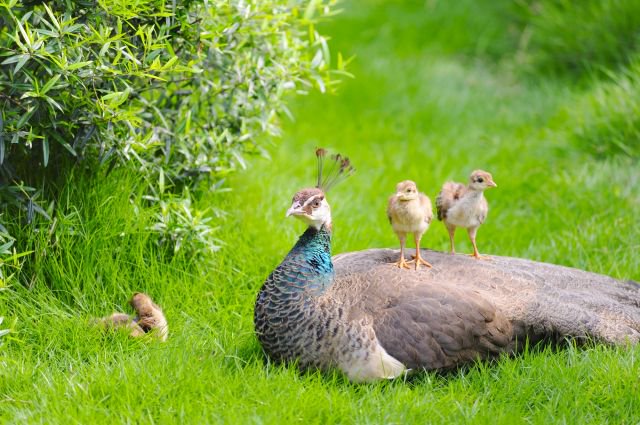
The Indian peafowl elegantly move up the train during mating season. It is believed that the number of eyespots on the feathers determines the success of mating. It is also believed that the removal of eyespots makes males unsuccessful for mating. The females think that the peacock may be unhealthy hence quality of the train is very important for mating in peacocks.
The train starts developing when it is around
two years old and is fully developed when the peafowl attains an age of around
4 years. The mating season varies from place to place. In south India it is
from January to March and in Northern parts of India it is from July to
September. The Peacock starts dancing and open the train to attract the female
partner during mating period. It also makes loud calls during the breeding
season.
Threats and Conservation of Indian Peacock
There is an increased threat to peafowl in India for their meat and feathers. The beautiful feathers are used for making many decorative items at the cost of the life of peacock. They are also hunted and killed for their meat and other parts of the body. When the farmers put pesticides on the seeds and if by chance the peafowls eat those seeds then they are killed by those poisonous seeds.
Some times a peafowl can be an
advantage or at disadvantage near the farm. Some peafowls may damage all the
crops causing nuisance to the farmers but also may help in eating the insects
and grasshoppers. Hunting of any bird or animal is illegal especially hunting
of National bird is illegal and punishable under law.
Update on coronavirus in India
Affiliate Disclosure:
If you make any purchase via a link on this site, I may receive a small commission with no added cost to you.


